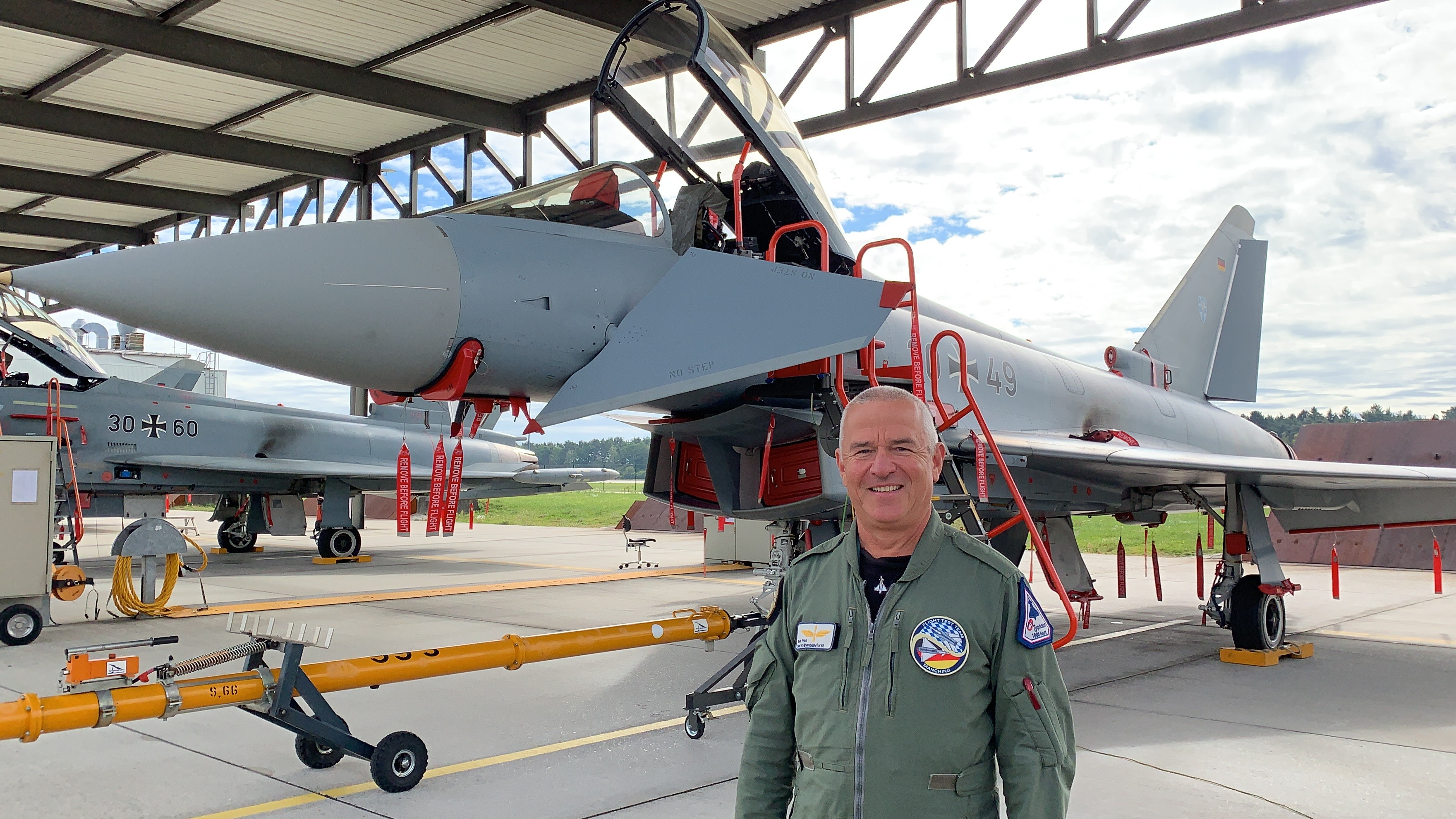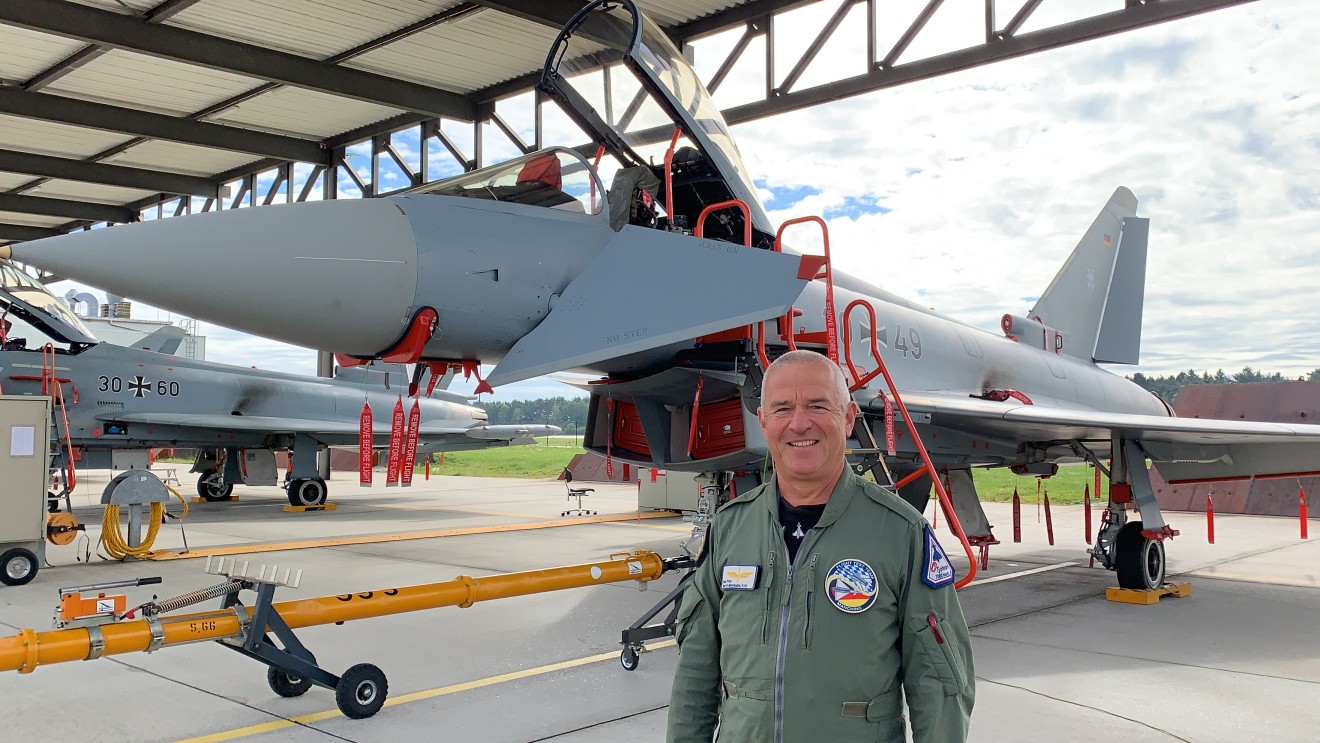“The role of the test pilot has changed completely over the years, we’ve gone from a single man in the cockpit to a team of about 20 specialists,” says Geri. “We are like a big machine with a lot of different cogs. I’m the lucky one because I get to see the sun more often.
“Everyone sees the data that is fed back from the aircraft in real time. The flight test engineer (FTE) is the direct link with me but each member of the team has the right to call a stop to the flight at any time if they see something they are not happy with.
“It’s much better than it used to be because there’s real harmony and everybody has the same rights.
“The job title ‘test pilot’ is cool but what happens behind the scenes is nowadays completely different from the old Humphrey Bogart movies.
"To be honest I wouldn’t have liked to have flown in the Chuck Yeager era in the 50s and 60s because back then pilots were exposed to a lot more risks.”
One thing hasn’t changed, only the elite are selected as test pilots but one glance at Geri’s CV underscores his credentials. To date he has flown 65 different aircraft, including over 1,000 flying hours in Eurofighter.
Born in Bern, Switzerland, in 1963, he’s quite unusual for a pilot because he didn’t have much interest in aeroplanes until the age of 15. Then a magazine article sparked what quickly turned into an obsession. Despite relatively small numbers of professional pilots in Switzerland, Geri was selected and earned his wings in 1985. An incredibly varied career — taking in a host of roles and aircraft — has followed.
He's well-respected not least by the media because he knows his stuff, he’s honest and direct. He also possesses a rare ability to take the complex and make it accessible to different audiences, which is a key skill in his role. That’s why he is often asked to be a spokesman on all things Eurofighter. He’s also expected to be able to speak with clarity and honesty to the project teams back in industry.

“One of the fascinating aspects of the job is that we are involved in the design and development phase. We are advisers to the designer and can give valuable inputs based on our experience.
“During the validation phase we are looking to see if the final product meets the design specifications. We also assess whether it can do what it was designed for and finally, we are the Quality Assurance team too. In that sense we are the team’s conscience and the customers’ advocate.
“Occasionally that might mean we are a pain in the neck for the project management teams but we have our own professional pride and credibility to think about and they wouldn’t have it any other way. When we’re developing a new piece of software or integrating a weapon, we carry out a series of test flights and go step by step, building up from low performance flights to high performance.”
Earlier this year, Eurofighter, EUROJET and NETMA, the NATO Eurofighter & Tornado Management Agency, signed contracts together worth €53.7 million to support the long-term development of the Eurofighter. The flight test teams from the different industry partners will play a crucial role in helping these developments progress. For Geri, it points to an exciting future for the aircraft. His team will be involved particularly for the Human Machine Interface work in the cockpit and new weapon integration.
“We also have a role to play in the initial discussions because we have to be sure that what’s planned is really flyable, whether it would it work in a war scenario, could it deploy weapons, or can it actuate the countermeasures? These are the things we can consider because of our air force background. We know how the platform is actually used in operations and how things function.
“We are at the early stage of LTE which means talking to the customer to find out what they’ll need in the future. This is very important; we can’t simply impose our ideas we have to listen to the customer’s perspective on their future needs. Right now, there are a lot of simulations being carried out. But the potential is there because with the airframe, the engines, the delta wing we have the perfect platform. These are all the attributes for a perfect combat aircraft.”
